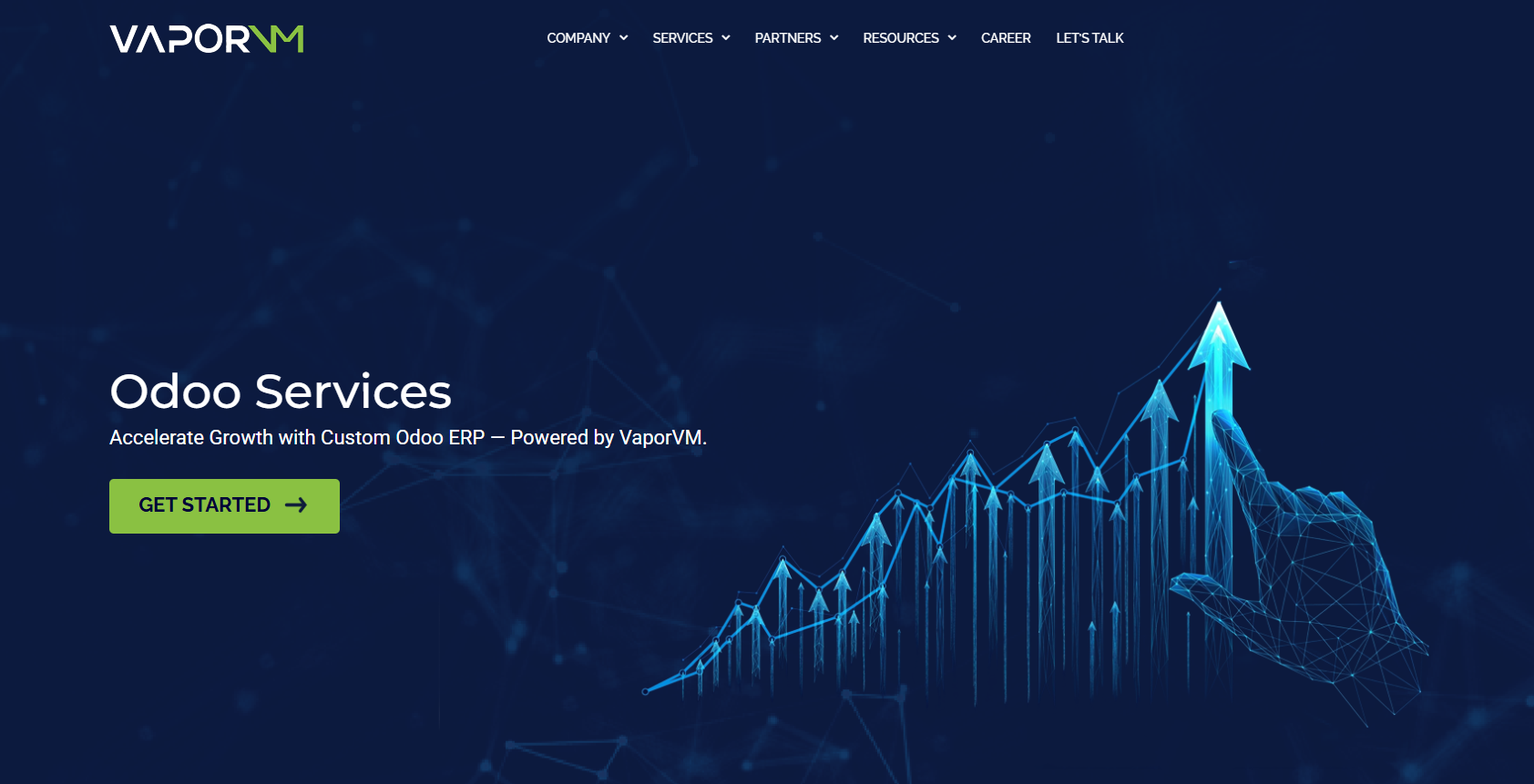When considering an ERP like Odoo, cost is a key factor—but license fees alone don’t tell the full story. To make informed decisions, businesses must evaluate the Total Cost of Ownership (TCO)—a more comprehensive view that includes all direct and indirect costs over the system’s lifecycle.
This guide will walk you through the major components of TCO for Odoo ERP services, so your organization can make budget-conscious, long-term decisions with clarity and confidence.
✅ What Is Total Cost of Ownership (TCO)?
TCO refers to the sum of all costs associated with acquiring, deploying, maintaining, and supporting a system over time. For Odoo ERP, this includes not just licensing and implementation, but also training, customization, integration, upgrades, and long-term support.
Understanding TCO helps avoid underestimating expenses and ensures ERP investments are aligned with business value.
? Core Components of Odoo ERP TCO
Let’s break down the key categories that contribute to the TCO of Odoo ERP services:
1. Licensing Costs
-
Odoo Community Edition is free and open-source but requires more internal management.
-
Odoo Enterprise Edition comes with licensing costs based on the number of users and modules.
While Community may appear cost-effective, Enterprise often reduces TCO through built-in features and official support—especially for growing businesses.
2. Implementation & Configuration
Initial setup is one of the biggest upfront costs. This may include:
-
Requirements gathering and analysis
-
System configuration and module setup
-
Workflow design and role permissions
-
Project management and quality assurance
The scope and scale of your operations significantly affect this cost.
3. Customization Expenses
Odoo’s flexibility is one of its strengths—but customization can inflate TCO if not planned carefully. Costs include:
-
Developing custom modules or fields
-
Adapting existing workflows
-
UI/UX enhancements
-
Future-proofing for upgrades
At VaporVM, we help clients balance customization with maintainability to control long-term costs.
4. Data Migration
Migrating from legacy systems can be complex and costly, especially if:
-
Historical data needs cleaning or transformation
-
There’s no standardized format
-
Custom scripts or middleware is required
TCO must account for these hidden technical efforts.
5. Training & Change Management
A common mistake is underestimating the cost of enabling users. Your TCO must include:
-
Initial training programs for departments
-
Ongoing education for new hires
-
Documentation and SOPs
-
Time lost during learning curves
VaporVM includes knowledge transfer as part of its service model to minimize long-term user dependency.
6. Third-Party Integrations
Odoo is often integrated with:
-
CRMs
-
E-commerce platforms
-
Payment gateways
-
HR or payroll software
-
Logistics and inventory systems
Each integration may involve development, testing, maintenance, and potential API license fees—adding to TCO.
7. Hosting and Infrastructure
Depending on your deployment method:
-
On-premises: You’ll bear server, power, backup, and maintenance costs.
-
Cloud/Hosted: You pay subscription or cloud service fees (e.g., AWS, DigitalOcean).
Even with Community Edition, hosting costs can grow if traffic or data volume increases.
8. Ongoing Support & Maintenance
TCO is incomplete without ongoing support considerations:
-
Bug fixes and minor enhancements
-
Performance optimization
-
Security updates and patching
-
SLA-based technical support
VaporVM provides structured Odoo support to help organizations reduce unexpected maintenance costs over time.
9. Upgrades and Version Management
ERP systems evolve—and upgrades are necessary. The TCO must include:
-
Compatibility checks
-
Regression testing
-
Rewriting or updating custom modules
-
End-user retraining post-upgrade
Skipping upgrades can save money short term but adds risk and higher future costs.
10. Indirect Costs & Business Impact
These are often overlooked but equally important:
-
Downtime during implementation or updates
-
Productivity loss during transition
-
Opportunity cost from slow user adoption
-
Vendor lock-in or tech debt due to over-customization
VaporVM’s consultative approach helps reduce these indirect costs by planning with business continuity in mind.
? Comparing Short-Term vs Long-Term TCO
| Category | Short-Term Cost | Long-Term Cost | Notes |
|---|---|---|---|
| Licensing | ✓ | ✓ | Enterprise costs are ongoing |
| Customization | ✓✓ | ✓ | One-time but needs maintenance |
| Training | ✓ | ✓ | Ongoing cost for staff changes |
| Hosting | ✓✓ | ✓✓ | Grows with traffic & data |
| Support | ✓ | ✓✓ | Critical for uptime and evolution |
| Upgrade Planning | ✗ | ✓✓ | Often ignored, can be costly later |
✅ How to Optimize Odoo TCO
To keep costs under control, businesses should:
-
Start with MVP (minimum viable process) before scaling modules
-
Choose the right edition based on total resource availability
-
Document and control customization scope
-
Plan support and upgrades in advance
-
Choose a partner like VaporVM that aligns with your operational goals
? Final Thoughts
Total Cost of Ownership goes far beyond just the software price. A strategic evaluation of TCO allows organizations to:
-
Budget accurately
-
Avoid hidden costs
-
Align ERP efforts with long-term ROI
-
Make informed decisions around edition, hosting, support, and customizations
At VaporVM, our Odoo ERP services are designed with sustainability and transparency in mind—so you get predictable costs and measurable business value at every stage.
Ready to assess your Odoo TCO more accurately? Reach out at erp@vaporvm.com and get a no-obligation consultation.



